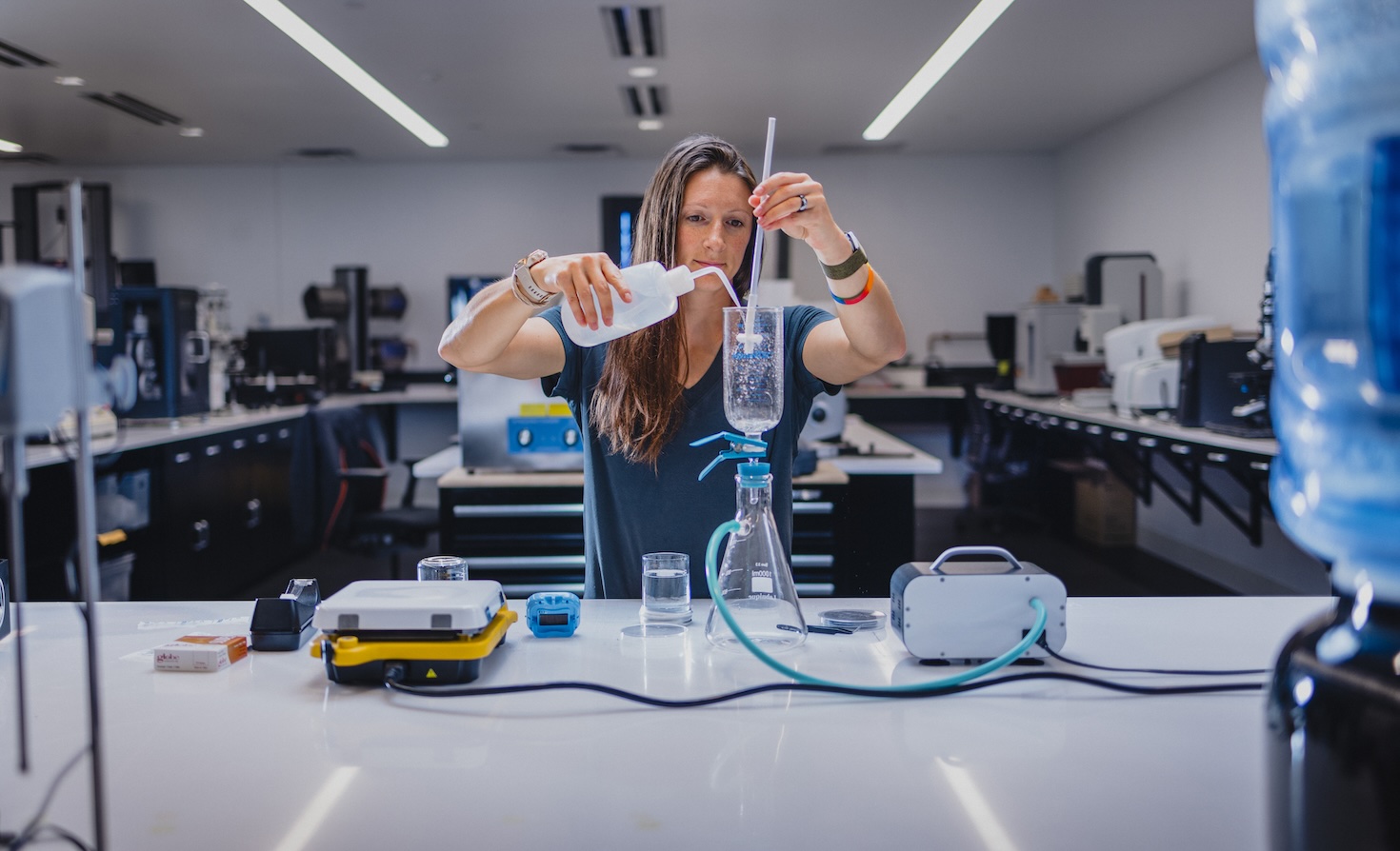The apparel industry faces a challenge with the shedding of microfibers from synthetic fabrics during washing, particularly in soft and cozy fleece jackets. According to the International Union for the Conservation of Nature, these microfibers constitute as much as one-third of plastic litter in oceans.
To address this issue, Under Armour launched a tool in December designed to assist its supply chain partners and other businesses in assessing the extent of microfiber shedding from their textiles.
The company plans to integrate this method into its product development process, aiming to identify and modify or discontinue high-emitting fabrics. This initiative aligns with Under Armour’s commitment to achieving 75 percent “low-shed materials” by 2030.
Under Armour had previously pledged in 2021 that the first product lines incorporating sustainability and circularity principles would reach stores this year, with the goal of comprising half of its products by 2027. Additional circular economy objectives include a global product take-back pilot by 2025 and the introduction of a circular footwear program by 2024.

The testing method to measure microfiber shedding was developed at Under Armour’s UA Lighthouse innovation lab in collaboration with partners like James Heal and the Hohenstein Institute. The method utilizes a 1-to-5 scale, providing a standardized approach for mills worldwide to address microfiber shedding.
The issue of microfiber shedding contributes significantly to ocean plastic pollution, with one-third potentially originating from washing petroleum-based fabrics, as reported by the IUCN.
Plastic is present in the majority of garments sold globally, with 65 percent of fibers produced in 2022 being synthetic, mainly polyester.
Clothing companies are increasingly focused on addressing plastic shedding into waterways, spurred by growing concerns and regulations.
New laws, such as the European Union’s ban on glitter and cosmetic microbeads, demonstrate a commitment to reducing pollution. The French government will mandate microfiber filters in new washing machines starting next year.
Under Armour’s efforts to limit microfiber shedding align with the Microfibre 2030 Commitment, involving more than 80 signatories, including Adidas, Gap, Puma, and REI.
The Microfibre Consortium, based in Bristol, England, is leading this commitment, aiming for 80 percent of its signatories to adopt microfiber limits by 2030.
The organization’s publicly available Microfibre Consortium Test Method quantifies microfiber mass and aims to develop a global rating system for shedding in the textile industry.
Under Armour’s investment in understanding and reducing fiber shedding is viewed as a crucial step in addressing the fashion industry’s contribution to the plastics crisis, according to Aliya Rubinstein, project director for the Oceans Program at the Nature Conservancy.














Leave a Reply